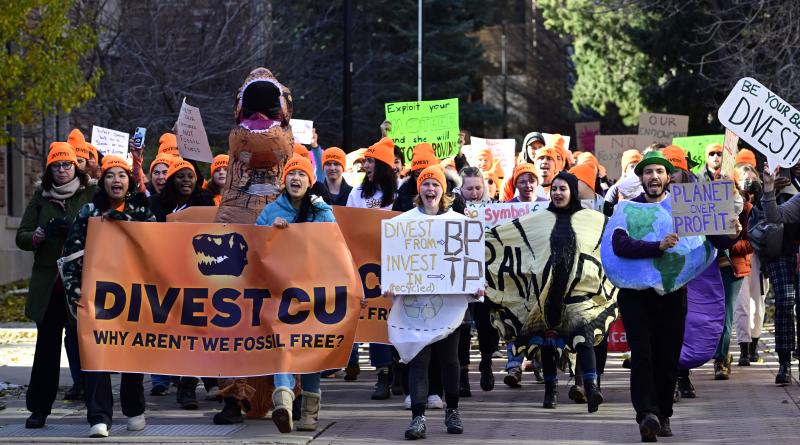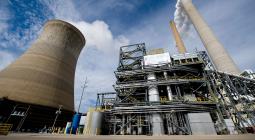Carbon Capture and Storage (CCS) Projects: Promises vs. Reality

Carbon capture and storage (CCS) projects have been a major topic of discussion during New York Climate Week. Critics of the technology argue that it is being used to prolong the life of the fossil fuel industry, rather than serving as an effective solution to combat climate change. One of the main concerns is that CCS has primarily been used for enhanced oil recovery (EOR), which actually results in more carbon emissions.
A review of 12 large-scale CCS projects around the world reveals a pattern of missed carbon capture targets, cost-overruns, and substantial taxpayer subsidies. These findings are based on data from the Global CCS Institute, the International Energy Agency, the Institute for Energy Economics and Financial Analysis, the Geoengineering Monitor, and DeSmog research. Data on subsidies was provided by Oil Change International.
One example of successful EOR is the Terrell Natural Gas Processing Plant (Val Verde) in Texas, USA. Operated by Occidental Petroleum, the facility has been extracting crude oil using injected CO2 since 1972. This model has been replicated by the oil industry, allowing them to profit while claiming to contribute to climate mitigation. However, the reality is that these operations continue to be a significant source of greenhouse gas emissions.
Another example is the Shute Creek Treating Facility in Wyoming, USA, operated by ExxonMobil. Although Exxon claims to have captured more anthropogenic CO2 than any other company, almost half of the captured CO2 has been used for enhanced oil recovery, while the rest has been vented into the atmosphere. The facility has also failed to meet a significant portion of its carbon capture targets.
These examples highlight the limitations and challenges of CCS projects. While they may promise to capture and store CO2, the reality is that they often result in increased oil production and carbon emissions. It is essential to consider the long-term climate implications of such projects and explore more sustainable alternatives.
Sources:
– Desmog article by Michael Buchsbaum and Edward Donnelly
– Global CCS Institute
– International Energy Agency
– Institute for Energy Economics and Financial Analysis
– Geoengineering Monitor





